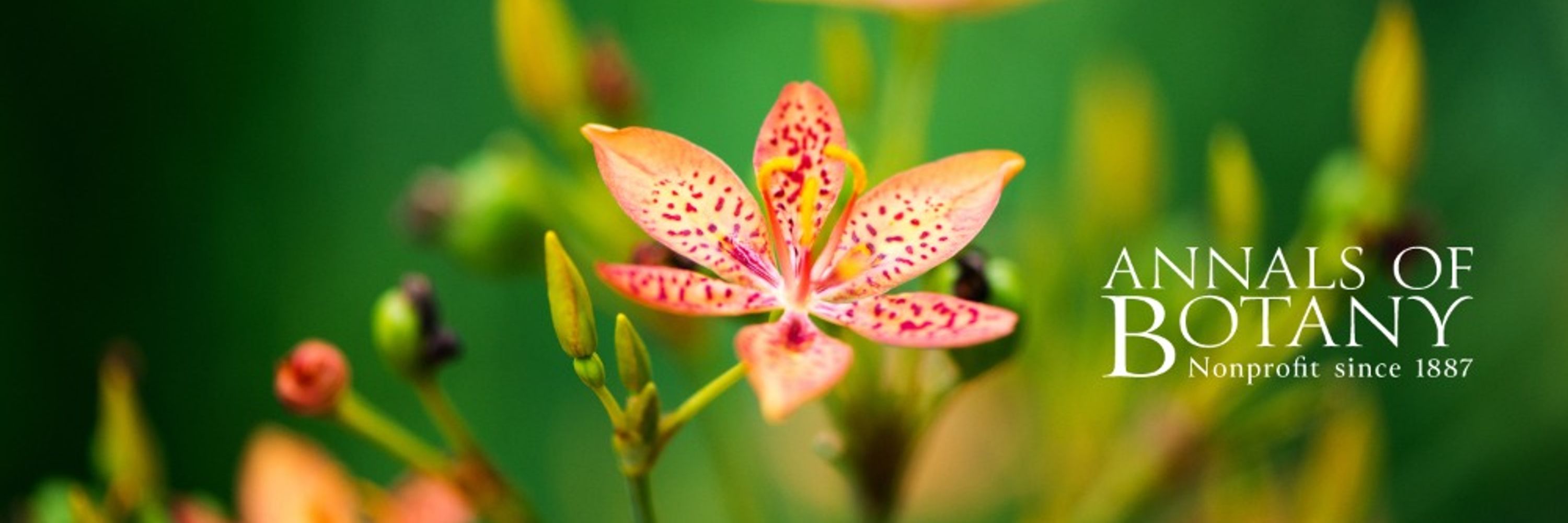
![The cover image shows an oxeye daisy (Leucanthemum vulgare) visited by pollenforaging thrips. Thrips are minute plant and flower visitors and are commonly viewed as pests, but they are key pollinators of a wide range of plant taxa. [See van der Kooi et al., pp. 669–682. Picture credit: Sara Leonhardt.]](https://cdn.bsky.app/img/feed_thumbnail/plain/did:plc:qowz7hsvbml54nxg6hzo7rrg/bafkreidvkftxqqwuhnjobqposgemfzpy57zr6dcmokh2jtt4cpp7xmgzie@jpeg)
🌸 Pollination & plant–insect interactions
🪶 Plant–animal & microbial interactions
🧬 Genomics & evolution
🌿 Physiology & climate responses
🍎 Structure & function
🌱 Seeds & reproduction
New issue👉 botany.fyi/ec7im6
doi.org/10.1093/aob/...
doi.org/10.1093/aob/...
doi.org/10.1093/aob/...
doi.org/10.1093/aob/...
doi.org/10.1093/aob/...
doi.org/10.1093/aob/...
doi.org/10.1093/aob/...
doi.org/10.1093/aob/...
doi.org/10.1093/aob/...
doi.org/10.1093/aob/...
doi.org/10.1093/aob/...
doi.org/10.1093/aob/...
doi.org/10.1093/aob/...
doi.org/10.1093/aob/...
👉 doi.org/qfrv
@drandygreen.bsky.social
#PlantDispersal #SeedEcology #Endozoochory #AoBpapers

👉 doi.org/qfrv
@drandygreen.bsky.social
#PlantDispersal #SeedEcology #Endozoochory #AoBpapers
doi.org/10.1093/aob/...
doi.org/10.1093/aob/...
doi.org/10.1093/aob/...
doi.org/10.1093/aob/...
doi.org/10.1093/aob/...
doi.org/10.1093/aob/...
doi.org/10.1093/aob/...
doi.org/10.1093/aob/...
doi.org/10.1093/aob/...
doi.org/10.1093/aob/...
doi.org/10.1093/aob/...
doi.org/10.1093/aob/...
doi.org/10.1093/aob/...
doi.org/10.1093/aob/...
Get the Paper: doi.org/10.1093/aob/...
Get the Paper: doi.org/10.1093/aob/...
doi.org/10.1093/aob/...
doi.org/10.1093/aob/...
doi.org/10.1093/aob/...
doi.org/10.1093/aob/...
doi.org/10.1093/aob/...
doi.org/10.1093/aob/...
👉 doi.org/qfdp
#AoBpapers

👉 doi.org/qfdp
#AoBpapers
doi.org/10.1093/aob/...
doi.org/10.1093/aob/...
Get the Paper: doi.org/10.1093/aob/...
Get the Paper: doi.org/10.1093/aob/...
doi.org/10.1093/aob/...
doi.org/10.1093/aob/...
doi.org/10.1093/aob/...
doi.org/10.1093/aob/...
doi.org/10.1093/aob/...
doi.org/10.1093/aob/...

